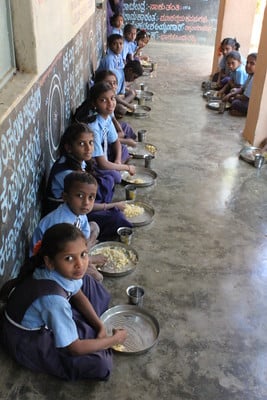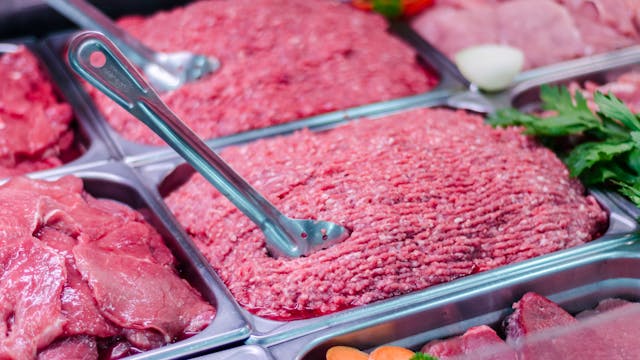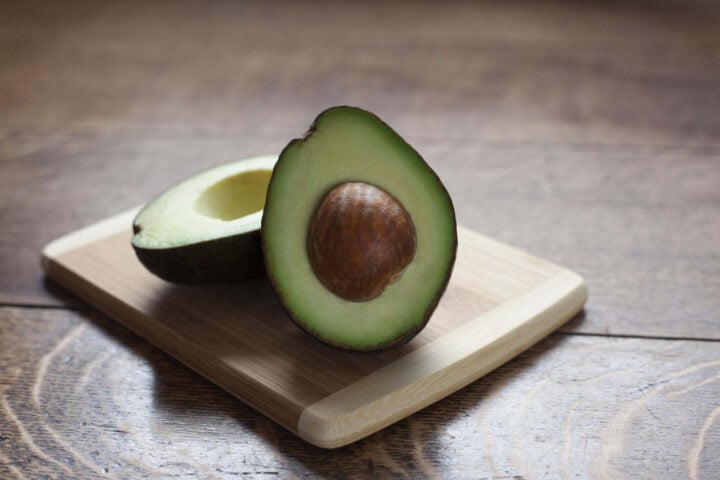Adding eggs to school lunches works. That’s the clear message from Karnataka’s mid-day meal pilot program (Dec 2020–Mar 2021), where Class 8 girls gained 71% more weight in districts serving eggs compared to those with vegetarian meals. The benefits extend beyond just weight gain – attendance jumped by 10% on egg-serving days.
The science backs this up. Analysis of NFHS-4 data reveals children not consuming eggs have 1.13× higher odds of stunting and underweight. Long-term egg supplementation improves growth markers and gut microbiota without raising cholesterol levels.
Karnataka has now expanded eggs to six days weekly with a ₹1,500 cr budget (supported by Azim Premji Foundation) and added ₹100 cr for ragi powder (backed by Sathya Sai Trust). Meanwhile, Maharashtra, after briefly withdrawing eggs to save ₹50 cr in January 2025, reversed course following expert criticism and doubled funding to ₹100 cr.
In the comparison between Yadgir (eggs/bananas) and Gadag (vegetarian+milk), Yadgir’s Class 8 girls gained 0.9–3.6 kg versus 1.2–2.1 kg over 100 days. BMI improved by up to 1.2 points in both genders in Yadgir, while Gadag showed minimal changes. A study commissioned by the Karnataka government, covering over 4,500 students across two districts, found “clear evidence of significant improvement” in the growth of children given eggs as part of mid-day meals, with Class 8 girls gaining up to 71% more weight than their peers who were not served eggs.
Meanwhile, the NFHS-4 study (2015-16) analyzed 67,278 children aged 6-23 months and confirmed that including animal-source foods, particularly eggs, significantly lowers malnutrition risks.
Similar posts
A single 50g egg provides 57% of protein RDA for infants 7-12 months and 98% of choline. At roughly ₹6 per egg, the cost-benefit ratio is exceptional when considering health and attendance improvements.
Despite initial opposition from some religious groups calling for “sattvic” meals, surveys found over 98% student acceptance in Yadgir. Implementation challenges include cold-chain maintenance and occasional resistance from NGO partners like Akshaya Patra (ISKCON) who refuse egg supply on religious grounds.
Dr. M.D. Gulappa of KSRDPRU notes: “This survey will clarify whether eggs improve nutritional intake among served children,” emphasizing the need for at least 100 eggs per year per child.
Dr. K.V. Trilok Chandra from the School Education Department confirms: “Meal consumption rose from 93.66% to 98.97% when eggs moved to six days per week.”
The National Institute of Nutrition recommends at least three eggs weekly in school meals to meet children’s amino acid requirements.
With proper implementation combining scientific evidence, cultural sensitivity, and public-private partnerships, this simple protein intervention is transforming children’s health and education outcomes across India.

















